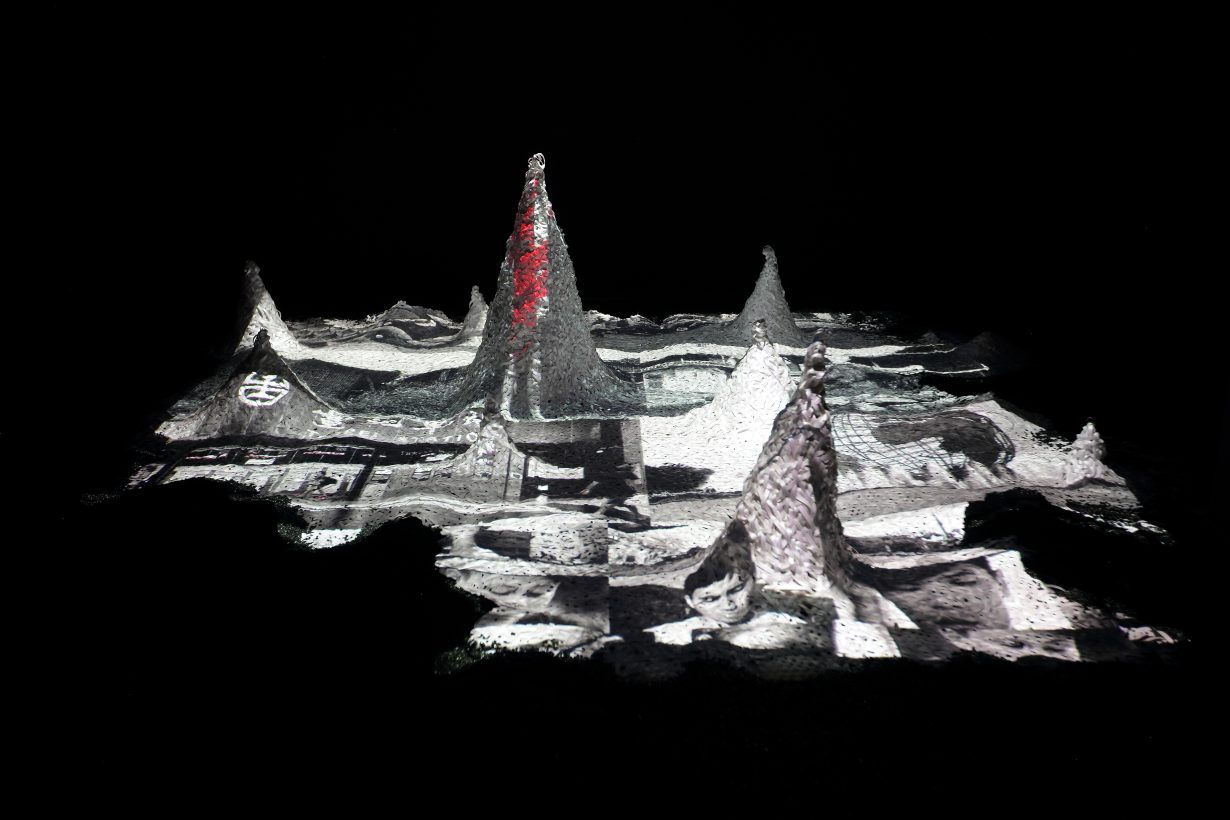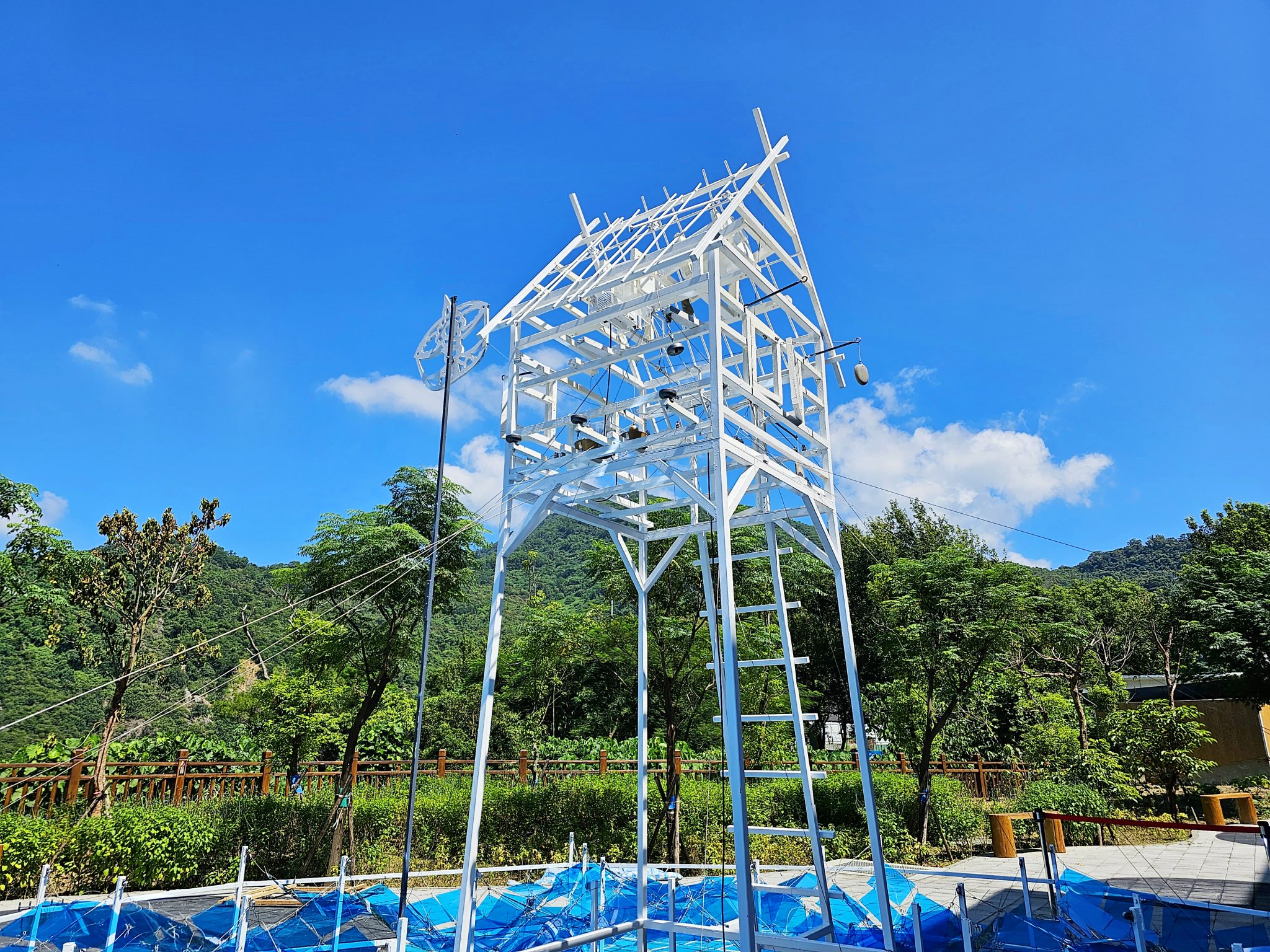The inaugural edition, RamiS in Pingtung articulates the island as a vital point in a network of global exchange that has endured for centuries
In 2016, at the beginning of her tenure as Taiwanese president, Tsai Ing-Wen apologised for the historic mistreatment of Taiwan’s Indigenous peoples, offering to consider initial steps towards a discussion of Indigenous sovereignty. Eight years later, and at a pivotal moment in Taiwan’s own tense negotiations around self-determination, many consider little progress on that last to have been made. It is in this context that Pingtung’s Indigenous People Culture Park has inaugurated its Taiwan International Austronesian Art Triennial, an exhibition that articulates the island as a vital point in a network of global exchange that has endured for centuries.
The exhibition organisers state that RamiS is named for the proto-Austronesian word for ‘roots’, reflecting on the belief that the Austronesian language family originated in Taiwan.
Indigenous Taiwanese cocurators Nakaw Putun and Etan Pavavalung conceived of two thematic wings for the triennial: Putun’s ‘Becoming Spiritual’, an exploration of how a reacquaintance with past knowledge-ways and spiritual convictions might serve as guidance in the global struggle against extractive capitalism, conflict and climate injustice; and Pavavalung’s ‘Why We are Us’, which focuses on the Austronesian gaze as the foundation of a philosophy that champions collectivity, resistance to colonialism and stewardship of the environment.
At the entrance to ‘Becoming Spiritual’, located at the park’s Aboriginal Culture Exhibition Center, work by the late Lafin Sawmah – undated and gathered here under the title Building a Canoe – sits like a masthead for these themes. The Amis artist returned to Taitung in 2009, compelled to experiment with the revival of lost shipbuilding practices; the existence of these evidenced by the fleets that scattered Austronesian cultures across the oceans. Sawmah’s ethos is exemplified in the space by two carved wooden heads that sprout towering crowns of tentaclelike tendrils. Flanking a canoe, these faces recall driftwood, a material itself defined by a transformative encounter with the sea and its journey back to the land. The vessel also appears in a video projected on an adjacent wall, in which the artist invites Hawaiian master shipbuilder Uncle K to Taiwan to participate in a launch ceremony, invigorating the lines of diasporic return and knowledge-sharing along which RamiS stakes its point.

While Sawmah’s work celebrates the abstract possibility of return through creative knowledge exchange, ‘Becoming Spiritual’ grapples for the most part with the complexity of homecoming, and other challenges shared by members of the Austronesian diaspora in various locations around the world, on a localised scale. Dondon Houmwm’s BBRBAR-2.0 (2018–23) – an installation that sees film projected onto a sculptural base that sprawls across the gallery floor – evokes questions about Indigenous entitlement to their land in Taiwan. The artist weaves a landscape out of plastic packing strips, with soaring peaks reminiscent of the mountain ranges that form the spine of the island; the site of many original Indigenous settlements. From above, a projection maps images of the state’s transport infrastructure onto the knot of hills and valleys of the installation. The work quietly highlights discrepancies in mobility and the Indigenous right to return to, claim and define their land on their own terms.
Atayal artist Ciwas Tahos is one of a number of artists who assert Indigenous knowledge by remapping the landscape of Taiwan. Here, she pursues ancestral sites that resonate with and enrich contemporary Taiwanese queer identities. Perhaps She Comes From/To____Alang (2020) takes viewers to the lost mythological site of Temahahoi via a vivid, digitally-rendered video that explores the imagined landscape. Tahos’s Temahahoi is a queer place where rocks erupt from the earth with the soft geography of hips and breasts, bodies subsist on steam, bees whisper conspiratorially and communities of non-conforming people and women live apart from men, able to bear life simply by opening their bodies to the winds. Taiwan is celebrated as a sanctuary of state-sanctioned queer rights in Asia, and Tahos’s work adds to this mythos by recognising that the land holds an essential queerness, to be rediscovered, rather than bequeathed.
Near the culmination of Pavavlung’s curatorial offering hangs Sudipau Tjaruzaljum’s series A Voice (2023), a gathering of imposing portraits printed on strips of photographic paper. In XY XX XX XY (2023), the first work in the series, portraits of her parents and grandparents overlap; Indigenous Taiwanese and Western predecessors are interwoven using techniques repurposed from traditional shell-ginger crafting. The technique is repeated in Facial Recognition (2023). Here, the vivid colours of living flesh erupt around the mouths and eyes of greyscale studies that document the heads of museological waxworks figures (rescued from the Culture Parks basement). These large matlike prints come together and simultaneously recall cutting-edge aggregations of data – threads of code strung into the semblance of a person – and artefacts of inheritance, in which identity coheres in the dedication to knowledge carried by heritage. Nearby, pacacada (2023), a filmed collaboration with artist Ljaljeqelan Patadalj, plays out on the adjacent walls. Staged on the mountains, in the rivers and by the ocean in Pingtung, the same wax mannequins, dressed in traditional Paiwan regalia, oversee Tjaruzaljum as she weaves together the strands of her identity. Tjatuzaljum’s work reflects a longing to assert agency over the ways Indigenous personhood has been institutionally visualised in the past, and how it may be expressed moving forward.
It is an inclination encapsulated in RamiS at large. Rallying the artists of this diaspora in Taiwan at a time of local change with the potential for far-reaching ramifications, RamiS offers a blueprint for a globalised Taiwan that centres on the worldmaking ideas of the original inhabitants of this island.
1st Taiwan International Austronesian Art Triennial: RamiS, Taiwan Indigenous Culture Park, Pingtung, 17 October – 18 February
